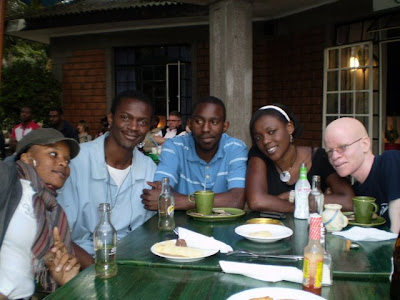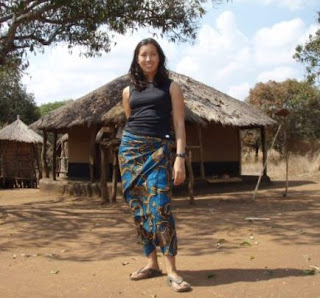When I arrived in Cambodia just over a month ago, one of the first things I set about doing was selecting study sites. When I began doing research into the peri-urban areas around Phnom Penh a number of months back, my interest was piqued by the extensive resettlement programs that the government has been undertaking. In the end, I chose two such resettled communities as the basis for my study.
Land tenure in Phnom Penh is complicated. A document put out by the United Nations Human Settlements Program entitled “The Challenge with Slums” (2003), presents a good summary of the situation.
There is no clear distinction between legal and illegal occupancy/ownership. As a result of this lack of clear tenure rights, eviction is a constant threat to the majority of Phnom Penh’s low income settlers. Most of these residents are officially considered squatters, although ‘…at least 75% consider themselves owners of the plot that they purchased from the local authorities or previous owner, who themselves may not have had ownership rights,” (UN, 2003). In recent years, entire communities have faced eviction – often violently and without compensation or support – by the Municipality of Phnom Penh (UN, 2003). These evictions are particularly common with more centrally located settlements which have been cleared away to make way for commercial development. As a result, “…while squatter settlements developed primarily in the city centre until 1998, recent massive relocation programs have contributed to establishing peri-urban zones of poverty,” (UN, 2003).
Many of the former slum communities have the primary advantage of location – residents have relatively easy access to the city for work. Relegated to areas far away from the city, many resettled individuals suddenly find themselves with no source of income.
One of my study communities was evicted earlier this year. The government couldn’t find a suitable location to move the residents to, so they sought help from an NGO. This NGO contacted a pastor who owns land just outside of the city. The pastor agreed to let the community have a parcel of land. Eighty-three households were moved from a settlement in central Phnom Penh to this location out in the country.
Photo 2: House in one of my study sites
Photo 3: Source of surface water in the community. It was once considered a usable source of water (after treatment by filtering or boiling) but since the new residents moved in, it has become so heavily contaminated that no one uses it.
Back in Phnom Penh, most of the community members had access to piped water in their homes. During the rainy season, nearly all households harvest rainwater for use in their homes. However, few people can afford storage vessels large enough to make rainwater last more than a few days after rainfall. So, for the long dry season, they must choose between heavily contaminated surface water, arsenic contaminated shallow well water, and expensive bottled water. So, their water supply situation has, for the most part, declined substantially.
Photo 4: Bucket used for harvesting rainwater
Photo 5: View of one of my study sites
The other community I am working in was relocated several years ago. The land the community is on now floods, since a government agency blocked the drainage system. The households there are more established and wealthier – as evidenced by larger houses and rainwater harvesting systems with significant capacity (enough to last several weeks into the dry season). When rainwater is not an option, the majority of residents must purchase water from a vendor who brings a tanker truck of water to the community. There are 2 deep wells present, but no one dares to use it for drinking – while past water testing (I do not have my own data on this yet) has shown that the wells produce water safe for human consumption, elevated manganese and iron levels make rice change colour when being cooked, causing residents to be very suspicious of the quality of the water.
Photo 6: Flooding in the community
Photo 7: Rainwater harvesting jars. The water is routed from the gutters to the jars using a hose (you can see a pop bottle being used to funnel water from the gutter into the hose, which is directed into one of the jars)
Photo 8: Deep well. Due to high iron and manganese levels, people only use this well for bathing and clothes washing water.
I will be spending a lot of time in these two communities over the next few months. More on what I’m actually doing there in a future post!
































































